

PCB设计中怎样消除反射噪声
描述
什么是反射噪声?反射噪声会对你的PCB性能产生什么影响?如何能够做到尽可能低的反射噪声?
这是网站“Allaboutcircuits()”上的一篇英文文章,在此分享给大家,供有志于用英语阅读技术文章的朋友参考。
What Is Reflection Noise?
Whenever we send a signal from one digital integrated circuit to another on our PCBs, we change the state of a signal line. That change in state and the accompanying changes in the electromagnetic fields can be described as a wave as it moves through the circuit. Waves are phenomena that transfer energy from one location to another, with conductors guiding the path of propagation.
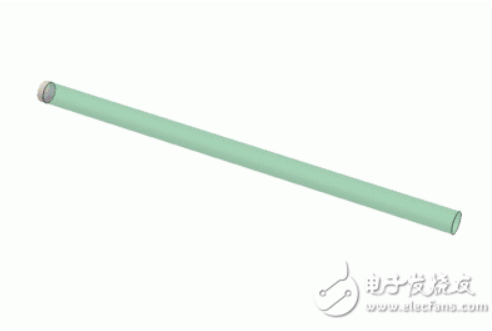
This is an artistic impression of magnetic energy surrounding a wire as the potential of the wire changes.
Reflection noise results when an electromagnetic wave encounters a boundary from one medium to the next. When the wave meets the boundary, part of the energy is transmitted as signal and part of it is reflected.
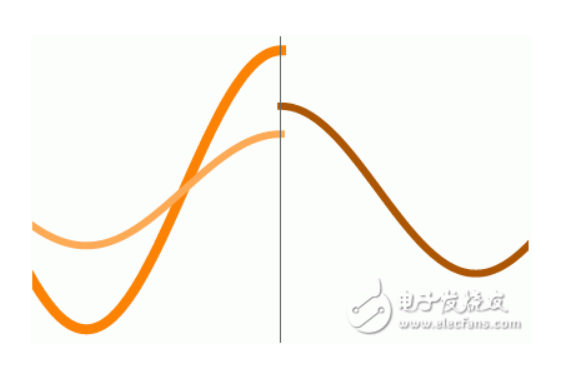
This animation illustrates that, when waves travel from one medium to another, not all energy is transmitted—a portion of the energy is reflected back to its source.
For electrical engineers, the medium where this boundary occurs is usually described in terms of its electrical impedance; that is, the boundary is where impedance changes.
Impedance is composed of resistive and reactive elements. Resistors dissipate a circuit’s energy as heat. The recoverable energy in a circuit exists in the electromagnetic fields that permeate and surround conductors, inductors, and capacitors.
Whenever the impedance changes in a circuit, some amount of reflection will occur. The reflected wave will travel back to the next boundary (the location where there is a change in impedance) and reflect again.
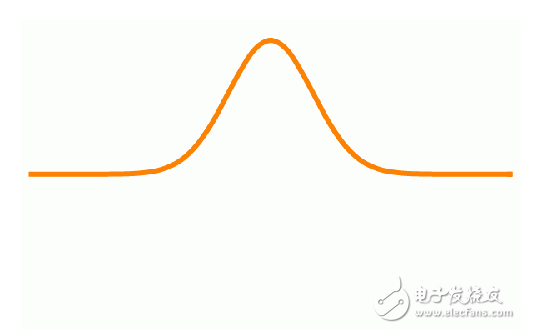
This 1D wave illustration shows a wave pulse reflected between two points. The energy is attenuated over time/distance.
The process will continue indefinitely until the energy is absorbed by the circuit or dissipated into the environment.
Why Is Reflection Noise a Problem?
For signal lines, there will be reflection points at your driver and receiver. The job of the engineer is to minimize the amount of reflected signal and maximize the amount of transmitted signal through impedance matching.
If that is not possible, the additional energy will need to be dissipated before it accumulates and drowns out a signal with noise.
If the energy of the reflected pulse does not dissipate before the next pulse is generated, the energy will accumulate and add in a phenomenon called superposition. Fortunately, signals attenuate as they pass through resistive elements. So a simple series resistor will eliminate most ringing.
Assessing Noise in Digital Signals
Fourier’s theorem teaches that any wave or wave-pulse can be decomposed into a series of sine and/or cosine waves. If you'd like more insight into this concept, I recommend this video on the harmonic analyzer with Bill Hammack of the University of Illinois.
If you have a sufficiently small rise/fall time, a single pulse can hold in it dozens of small-amplitude waves.
In the image below, you can see an undamped digital signal switching logic states from low to high.
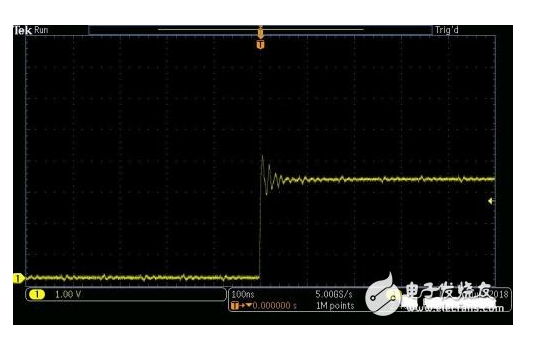
An undamped digital signal (yellow, channel 1) captured on a TI Lightcrafter as it switches logic states from low to high.
Now check out the image below, where the left-hand image shows a composite wave pulse created through the successive superposition of decreasing amplitude odd-harmonics of the original wave. For signals of practical interest, we can decompose the waveform into a series of sine waves.
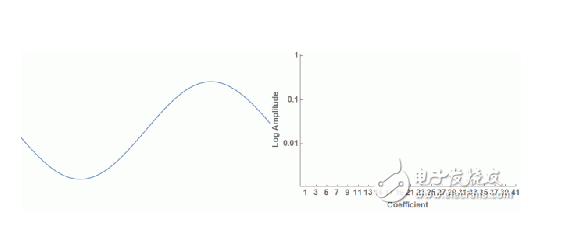
As the above figures show, a real digital signal has a large bandwidth and any portion of that energy might create a resonance in your circuit. This is in contrast to RF signals that have very narrow bandwidth with easy to calculate resonances.
If you do manage to create standing waves, you will create enormous sources of noise that can overwhelm any signal line in the vicinity.
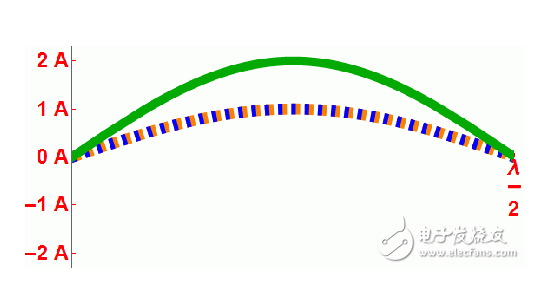
This gif shows that a wave (orange) reflected at a particular wavelength can combine with its reflection (blue) to create a high amplitude standing wave (green). This phenomenon will happen at odd-integer multiples of ½ wavelength, where the wavelength is twice the length of your trace.
How to Reduce Reflection Noise
There are several methods you can use to manage reflection noise in your design. Here's an overview of some of the techniques at your disposal.
- 相关推荐
- 热点推荐
- pcb
- 华强pcb线路板打样
-
PCB设计中降低噪声与电磁干扰的窍门2019-05-31 1861
-
如何消除WM8978PCB设计中老存在的噪声?2019-07-23 4440
-
高频PCB设计过程中的电源噪声的分析及对策2010-01-02 1333
-
pcb开窗怎么设计_PCB设计怎样设置走线开窗2018-05-04 40589
-
技术 | 如何解决PCB设计中的阻抗匹配问题2019-06-21 7455
-
PCB设计中,快速消除PCB布线的方法步骤2019-07-21 30269
-
pcb设计当中emc的接地该怎样设计2019-10-25 3978
-
PCB设计中的反射噪声怎样消除2019-08-20 5044
-
怎样在PCB设计中消除反射噪声2019-09-10 4272
-
如何消除PCB设计中的电源噪声干扰2020-03-22 7485
-
PCB设计:消除过孔至过孔耦合噪声的技巧2020-09-18 3942
-
消除工厂中的噪声2022-11-02 561
-
降低PCB设计中噪声与电磁干扰24条2023-07-04 1190
-
如何在PCB设计中克服放大器的噪声干扰?2023-11-09 1180
-
在PCB设计中,如何避免串扰?2024-02-02 2861
全部0条评论

快来发表一下你的评论吧 !

